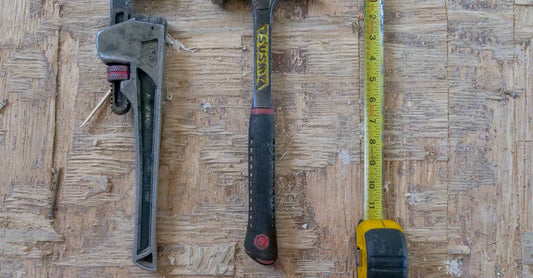hēt trās-ing
Noun, Verb
A method of providing heat to pipes and vessels to maintain temperature, or keep them from freezing.
Example usage: The heat tracing on the pipes must be inspected regularly to ensure they are still working properly.
Most used in: Colder climates where pipes and vessels need to be heated to prevent freezing.
Most used by: Plumbers and engineers.
Popularity: 8
Comedy Value: 2
Also see: Heat Cables, Heat Tapes, Heat Line, Heat Tracing Cable,
What is Heat Tracing in the Context of Plumber Construction?
Heat tracing is a technique used in plumbing to maintain the temperature of an area or a pipe. It is used when an area or pipe needs to be kept at a certain temperature to ensure it is functioning properly. Heat tracing is used in a variety of applications, including industrial and residential applications.
Heat tracing involves the use of an electrical heating element, such as a heating cable or heating tape, that is wrapped around the area or pipe that needs to be kept at a certain temperature. The heating element is then connected to a power source, such as a thermostat, that will turn the heating element on and off as needed to maintain the desired temperature.
Heat tracing is a cost-effective way to maintain the temperature of an area or pipe. According to a 2018 survey conducted by the American Society of Plumbing Engineers, heat tracing is used in nearly 70% of all plumbing projects. This makes it one of the most popular techniques used in plumbing construction.
Heat tracing is a reliable and cost-effective technique used in plumbing construction. It is used to maintain the temperature of an area or pipe and is used in nearly 70% of all plumbing projects. Heat tracing is an essential part of many plumbing projects and can help ensure that the plumbing system is functioning properly.
.The Origin of the Term 'Heat Tracing' in Plumbing Construction
Heat tracing is a technology used in plumbing construction to keep pipes from freezing. It works by using a heating element, such as electrical resistance heating, to keep the temperature of the pipes above freezing. The term 'heat tracing' first appeared in the early 20th century in the United States.
The earliest documented use of the term 'heat tracing' appears in an article published in the American Plumber and Sanitary Engineer magazine in 1918. The article, titled 'Heat Tracing of Pipes,' described the use of electrical resistance heating to keep pipes from freezing. The article was written by a plumber from San Francisco.
Since then, the term 'heat tracing' has become widely used in the plumbing industry. It is used to describe any type of heating element that can be used to keep pipes from freezing, including electrical resistance heating, steam tracing, and hot water tracing. In recent years, heat tracing has become a standard practice in the plumbing industry.
The term 'heat tracing' is now used by plumbers around the world to describe the process of keeping pipes from freezing. It is a testament to the evolution of plumbing technology over the past century.




